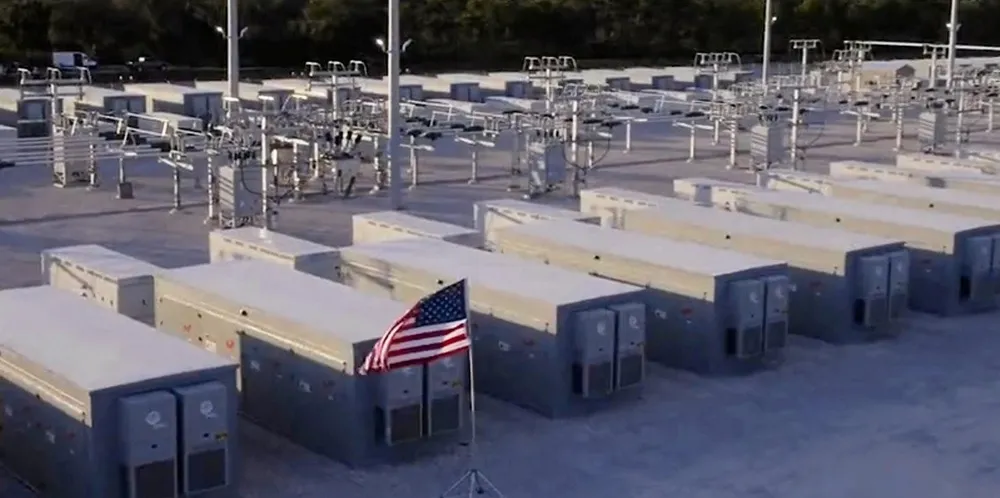Power couple | Battery-plus-solar marriage booms in US renewables
Tax credits and cost savings mean PV dominates almost doubling of new battery capacity planed this year, says S&P report

Tax credits and cost savings mean PV dominates almost doubling of new battery capacity planed this year, says S&P report
